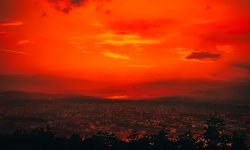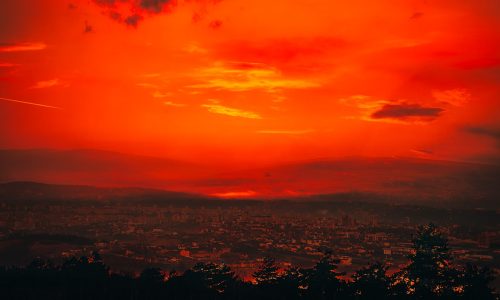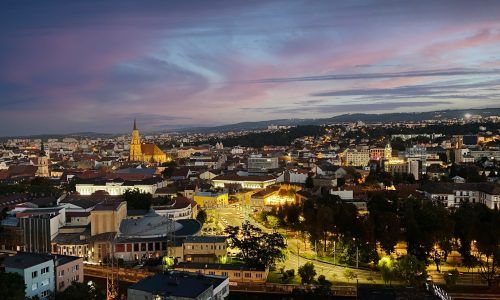The city might have a nice combination of traditional and modern architecture, but if you’re seeking a trip into the past, then the National Ethnographic Park “Romulus Vuia” – affectionately referred to by locals as the “Village Museum” is the place to go.
It’s located in the city, however, you wouldn’t feel as though you’re even close to modern civilisation when you visit this incredible reconstructed, traditional Romanian village.
FOUNDED JUNE 1, 1929
As a section of the Ardeal Museum of Ethnography, the National Ethnographic Park “Romulus Vuia” is the first open-air museum in Cluj-Napoca. The site receives it’s name from the founder of the park Romulus Vuia and features old traditional buildings such as, folk architecture monuments, folk installations, craftsman workshops, wells, gateways, big wooden crosses and indoor textiles, which are all grouped according to their regional establishments.
At present, the following ethnographic areas are represented: Maramureş, Oaş, Năsăud, Transylvania Plain, Zarand, Alba Vineyard, Apuseni Mountains, Depression Călăţele, Bran, Bistriţa (Saxons) and Gurghiu.
Some of the oldest pieces date back as far as 1678 and features a beautiful wooden church from Cizer-Salaj, beautiful enough that even newlyweds can still get officiated at the monument.
This is just one of many incredible original buildings which in which you can appreciate how simple, yet how complex these structures are, and also the amount of work that went into transporting these wonderful structures to their current resting places – most of them being dated by inscriptions – are among the oldest and most valuable monuments of architecture in the Romania’s ethnographical heritage.
SOME OF THE PIECES INCLUDE:
- 34 technical peasant installations
- 5 case-workshops
- 3 wooden churches
- A cemetery gate.
If you’ve visiting Cluj and want to check this place out, it won’t disappoint. It’s situated on the outskirts of Hoia Forest and can be reached by taxi, car or busses 26, 27, 28, 30, 4, last stop Piata 14 Iulie.
Summer visiting hours (March-October):
- Wednesday-Sunday 10-18 (last entry 17)
Winter visiting hours (October-March):
- Wednesday-Sunday 9-16 (last entry 15)
ENTRY FEES:
Adults: 6 RON
Students, senior citizens: 3 RON
Preschool children and pupils: 1.5 RON
Photo fee: 25 RON/pers
Video fee: 35 RON/pers
Guided tours (less than 15 persons): 25 RON
Free admission: disabled visitors, institutionalised children, members of ICOM, OCOMOS and museum specialists.
- Aleea Muzeului Etnografic, Cluj-Napoca
- Telephone: + 40 (0)264 586 776
- Email: [email protected]
- Website: www.muzeul-etnografic.ro/en
- Facebook: https://www.facebook.com/parculetnografic/



